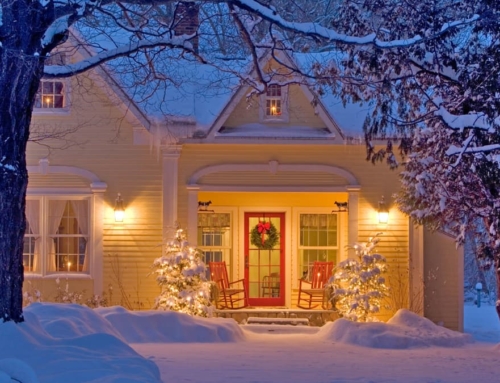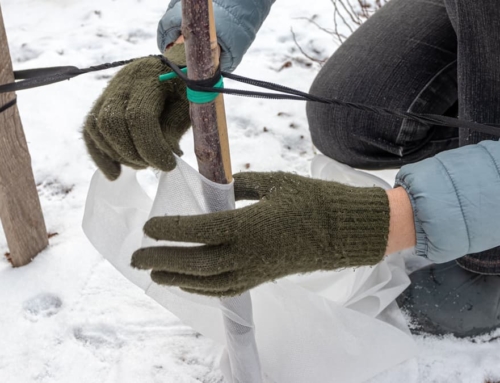TREE MAINTENANCE AFTER EARLY AND LATE FREEZES

Harsh winter weather in Northern Colorado can have a significant impact on trees and shrubs. Due to early cold snaps, a brutal winter season or a late spring cold snap, many plants can be affected so severely that perennials will not return.
Here are some important signs to look out for when checking for plants affected by winter.
- FROST CRACKS: If there is a sudden and extreme change in temperature, it can cause a frost crack in your tree. In Colorado, this type of crack typically appears on the southern side of the tree. When the temperature drops suddenly, the outer layer of wood contracts faster than the inner layers, resulting in a trunk crack.
- BLEACHED NEEDLES: After a severe weather event, evergreen needles can sometimes turn from their usual green color to a light-bleached yellow. This can occur as soon as 10 days after the freeze event. It can be challenging to determine if the needles of certain trees will fully recover after a freeze. The severity of the freeze and other factors play a significant role in the recovery process.
- BLACKENED LEAVES: Deciduous trees can experience black or brown leaves that fall off due to extreme temperature fluctuations. If this happens early in the season, there is usually enough time for the leaves to grow back. However, this will depend on various factors, such as the tree’s age and overall health.
The next steps for repairing and caring for your tree is to wait until new growth appears, as it will dictate the type of pruning required. One immediate action you can take to help your tree heal is to water it. Even a small amount of extra water can boost the recovery process. Adding approximately 1 to 1 ½ inches of water can help thaw the frozen soil surrounding the tree. It is recommended you water in the afternoon or evening the day after a freeze so plants have a chance to raise their temperature slowly.
Most trees will repair themselves after severe winter events. Remember that trees, especially those originating in cold climates, are adapted to handle climate events like harsh winter weather. Dead leaves will fall off, and new ones will grow in their place. It’s essential to let the tree do what it needs to do before helping it recover fully. With a few simple steps, you can help your tree recover and become stronger for the next winter.
If you’d like a free consultation about your landscape plants and the effects of the weather from this season, we’d be happy to come over and perform an evaluation. Just give us a call!






